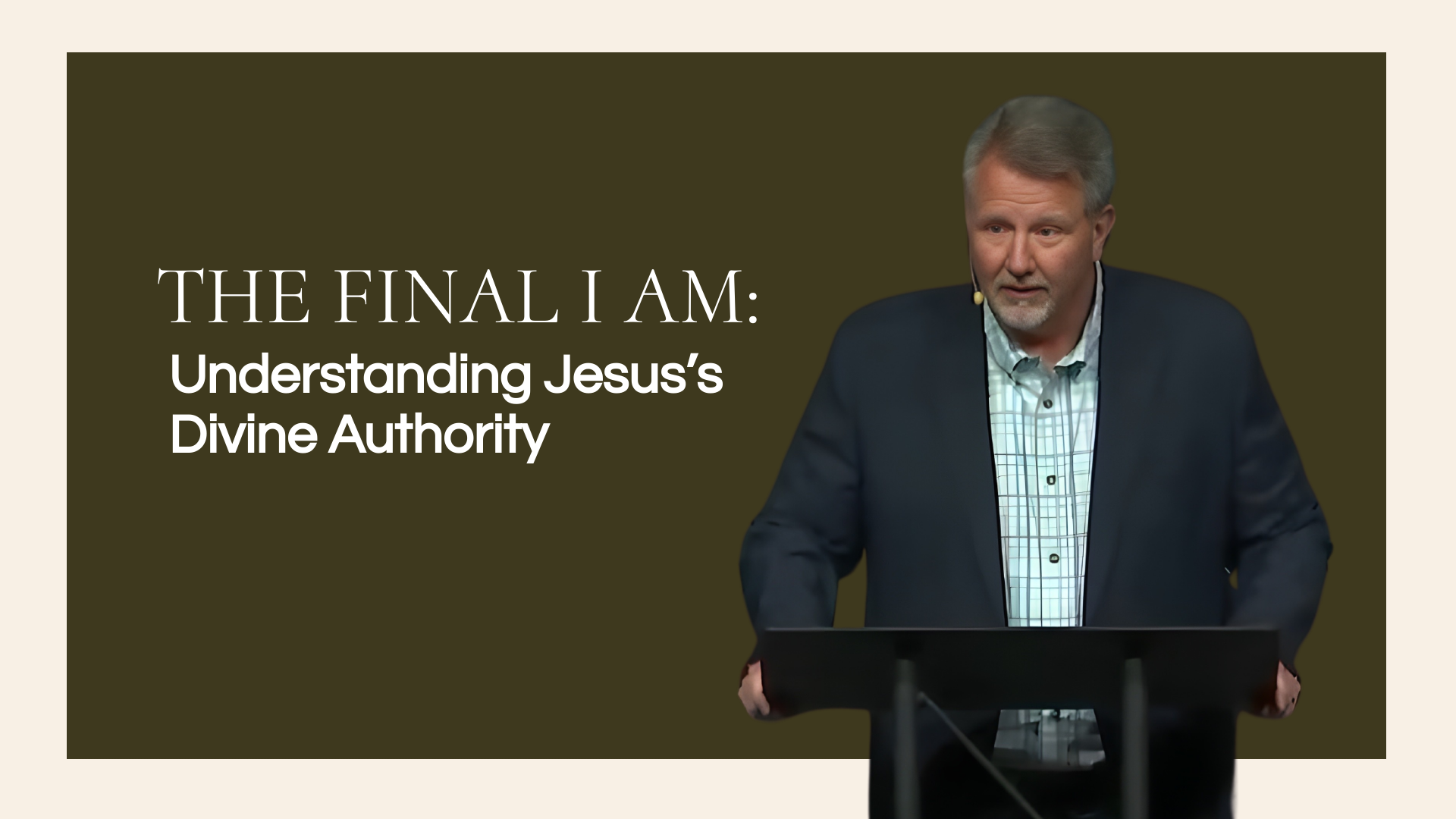Throughout His earthly ministry, Jesus made bold, unmistakable claims about His identity—claims that set Him apart from every other religious teacher in history. These “I Am” statements, recorded in the Gospel of John, weren’t just poetic metaphors or spiritual slogans. They were declarations of divinity. They pointed back to Exodus 3:14, when God told Moses His name: “I Am who I Am.”
But there’s one final, often overlooked “I Am” moment—a statement so powerful it literally knocked an army to the ground. And it happened not in the temple or on a mountaintop, but in a dark garden on the eve of the cross.
What Were Jesus’s Seven “I Am” Statements?
Before we look at the final “I Am,” it’s helpful to remember the seven that Jesus shared publicly during His ministry:
- I Am the Bread of Life (John 6:35)Jesus satisfies the spiritual hunger of our souls.
- I Am the Light of the World (John 8:12)He dispels darkness and reveals truth.
- I Am the Door of the Sheep (John 10:7)The only entrance into salvation and safety.
- I Am the Good Shepherd (John 10:11)He lays down His life for His sheep.
- I Am the Resurrection and the Life (John 11:25)He holds power over death and the grave.
- I Am the Way, the Truth, and the Life (John 14:6)No one comes to the Father except through Him.
- I Am the True Vine (John 15:1)All life and fruitfulness flow through Him.
Each statement revealed not only who Jesus is, but also what He offers to those who believe in Him—nourishment, guidance, salvation, protection, resurrection, truth, and connection.
What Happened During Jesus’s Arrest?
After the Last Supper, Jesus went with His disciples to the Garden of Gethsemane—a place of prayer, anguish, and surrender. But it was also the scene of one of the most stunning displays of divine authority in the New Testament.
Judas Iscariot, having agreed to betray Jesus for thirty pieces of silver, led a massive group of soldiers and temple officials to arrest Him. According to John 18:3, this group included:
- Roman soldiers from the Antonia Fortress
- Temple police
- Officers of the chief priests
- Armed men carrying swords and clubs
Scholars estimate this crowd could have been 300–600 men strong. That’s a small army to arrest a Galilean rabbi.
When they arrived, Jesus didn’t hide or run. Instead, He stepped forward and asked them, “Whom do you seek?”
They answered, “Jesus of Nazareth.”
And Jesus replied with two words: “I Am.”
The Greek text simply reads: Ego Eimi — “I Am.”
What Was the Impact of Jesus Declaring “I Am”?
The moment those words left His lips, the entire arresting force staggered backward and fell to the ground (John 18:6). Imagine the scene: battle-hardened Roman soldiers, temple guards, and political enforcers all collapsing under the weight of divine authority. Jesus didn’t need swords. His words were enough.
Here’s what this moment reveals:
- Jesus wasn’t taken; He surrendered.The display of power showed that He was not a victim. He willingly laid down His life.
- “I Am” is not just a name; it’s a revelation.In that moment, Jesus connected Himself to Yahweh—the covenant God of Israel.
- Power flows from Jesus’s identity.Even in arrest, Jesus showed He had all authority in heaven and on earth (Matthew 28:18).
As if that weren’t enough, Matthew’s Gospel (Matthew 27:52-53) records that after Jesus died, tombs broke open and many holy people were raised to life—one of whom is traditionally connected to the young man who appears in Mark 14:51–52, clothed in burial linens and fleeing the scene. This is debated, but many theologians see this as another sign: the power of “I Am” raises the dead.
Life Application: Who Is Jesus to you?
It’s one thing to know about Jesus. It’s another thing to surrender to Him as Lord.
Ask yourself:
- Do I know Jesus only as a wise teacher, or as the divine “I Am” who rules all creation?
- Are there areas of my life where I’m still clinging to control instead of surrendering to His lordship?
- What do I need to die to in order to live more fully in Him?
Following Jesus isn’t about adding Him to our lives like a spiritual accessory. It’s about dying to self (Galatians 2:20) and allowing Him to reign as King.
Final Thoughts: Don’t Miss the Power in the Garden
In a world that often reduces Jesus to a moral teacher or social activist, the scene in Gethsemane reminds us: He is God. The same voice that spoke creation into existence is the voice that said “I Am” and knocked soldiers to the ground.
Jesus doesn’t need to prove Himself with force—His identity alone carries the weight of heaven.
Those who haven’t died to self will flee from Jesus.
Those who have died to self will follow Him—no matter the cost.
So the question remains: What in your life needs to die so that you can follow Jesus more fully?

